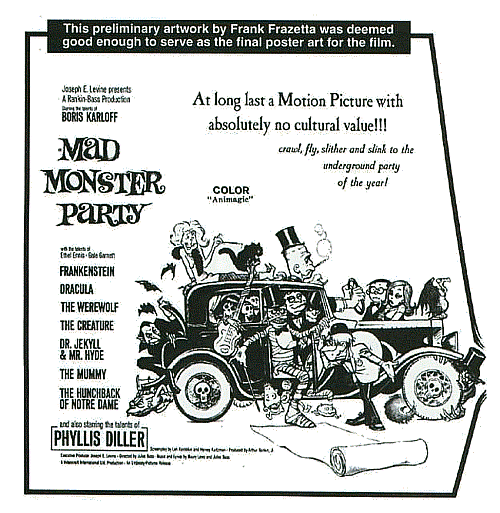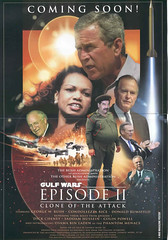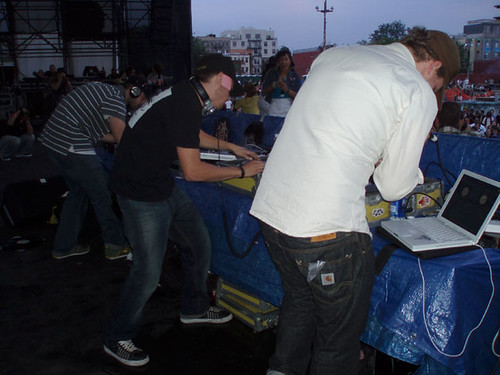from Yahoo.com
Rex Farrance, PCWorld
Over the past five decades, hard drives have come a long way. Travel through time with us as we chronicle 50 milestones in hard-drive development--from product firsts to new technologies, and everything in between.
1956: IBM ships the first hard drive, the RAMAC 305, which holds 5MB of data at $10,000 a megabyte. It is as big as two refrigerators and uses 50 24-inch platters. (For the full story and interviews with key players, read "
The Hard Drive Turns 50.")
1961: IBM invents heads for disk drives that "fly" on a cushion of air or on "air bearings."
1963: IBM comes up with the first removable hard drive, the 1311, which has six 14-inch platters and holds 2.6MB.
1966: IBM introduces the first drive using a wound-coil ferrite recording head.
1970: General Digital Corporation (renamed Western Digital in 1971) is founded in California.
1973: IBM announces the 3340, the first modern "Winchester" hard drive, which has a sealed assembly, lubricated spindles, and low-mass heads.
1978: First RAID (Redundant Arrays of Independent Disks) technology patent is filed. (Read "
How to Buy a Hard Drive: Key Features" for a description of this technology.)
1979: A group headed by Al Shugart founds disk-drive manufacturer Seagate Technology.
1979: IBM's 3370 uses seven 14-inch platters to store 571MB, the first drive to use thin-film heads.
1979: IBM's 62 PC, "Piccolo," uses six 8-inch platters to store 64MB.
1979: Seagate introduces the ST-506 drive and interface, which is then used in all early microcomputer implementations.
1980: IBM introduces the first gigabyte hard drive. It is the size of a refrigerator, weighs about 550 pounds, and costs $40,000.
1980: Seagate releases the first 5.25-inch hard disk.
1981: Shugart Associates joins NCR to develop an intelligent disk drive interface called the Shugart Associates Systems Interface (SASI), a predecessor to SCSI (Small Computer System Interface).
1982: Western Digital announces the first single-chip Winchester hard drive controller (WD1010).
1983: Rodime releases the first 3.5-inch hard drive; the RO352 includes two platters and stores 10MB.
1984: Western Digital makes the first Winchester hard drive controller card for the IBM PC/AT--and sets an industry standard.
1985: Control Data, Compaq Computer, and Western Digital collaborate to develop the 40-pin IDE interface. IDE stands for Intelligent Drive Electronics, more commonly known as Integrated Drive Electronics.
1985: Imprimis integrates the first hard drive controller into a drive.
1985: Quantum introduces the Plus Hardcard, which allows the addition of a hard drive without an available bay or a separate controller card.
1985: Western Digital produces the first ESDI (Enhanced Small Device Interface) controller board, which allows larger capacity and faster hard drives to be used in PCs.
1986: The official SCSI spec is released; Apple Computer's Mac Plus is one of the first computers to use it.
1988: Prairie Tek releases the 220, the first 2.5-inch hard drive designed for the burgeoning notebook computer market; it uses two platters to store 20MB.
1988: Connor introduces the first 1-inch-high 3.5-inch hard drive, which is still the common form factor. Before this, hard drives were either full height or half-height.
1988: Western Digital buys the disk-drive assets of Tandon Corporation with an eye to manufacturing IDE drives.
1990: Western Digital introduces its first 3.5-inch Caviar IDE hard drive.
1991: IBM introduces the 0663 Corsair, the first disk drive with thin film magnetoresistive (MR) heads. It has eight 3.5-inch platters and stores 1GB. (The MR head was first introduced on an IBM tape drive in 1984.)
1991: Integral Peripherals' 1820 Mustang uses one 1.8-inch platter to store 21MB.
1992: Seagate comes out with the first shock-sensing 2.5-inch hard drive.
1992: Seagate is first to market with a 7200-revolutions-per-minute hard drive, the 2.1GB Barracuda.
1992: Hewlett-Packard's C3013A Kitty Hawk drive uses two 1.3-inch platters to store 2.1GB.
1994: Western Digital develops Enhanced IDE, an improved hard drive interface that breaks the 528MB-throughput barrier. EIDE also allows for attachment of optical and tape drives.
1996: IBM stores 1 billion bits per square inch on a platter.
1996: Seagate introduces its Cheetah family, the first 10,000-rpm hard drives.
1997: IBM introduces the first drive using giant magneto resistive (GMR) heads, the 16.8GB Deskstar 16GP Titan, which stores 16.8GB on five 3.5-inch platters.
1998: IBM announces its
Microdrive, the smallest hard drive to date. It fits 340MB on a single 1-inch platter.
2000: Maxtor buys competitor Quantum's hard drive business. At the time, Quantum is the number-two drive maker, behind Seagate; this acquisition makes Maxtor the world's largest hard drive manufacturer.
2000: Seagate produces the first 15,000-rpm hard drive, the
Cheetah X15.
2002: Seagate scores another first with the Barracuda ATA V
Serial ATA hard drive.
2002: A demonstration by Seagate yields a perpendicular magnetic recording areal density of 100 gigabits per square inch.
2002: Among its many 2002 technology accomplishments, Seagate successfully demos Heat-Assisted Magnetic Recording. HAMR records magnetically using laser-thermal assistance and ultimately aims to increase areal density by more than 100 times over 2002 levels.
2003: IBM sells its Data Storage Division to Hitachi, thus ending its involvement in developing and marketing disk drive technology.
2003: Western Digital introduces the first 10,000-rpm SATA hard drive, the 37GB Raptor, which is designed for the enterprise, but which gamers quickly learn is a hot desktop performer in dual-drive RAID setups.
2004: The first 0.85-inch hard drive, Toshiba's MK2001MTN, debuts. It stores 2GB on a single platter.
2005: Toshiba introduces its MK4007 GAL, which stores 40GB on one 1.8-inch platter, fielding the first hard drive using perpendicular magnetic recording.
2006: Seagate completes the acquisition of Maxtor, further narrowing the field of hard drive manufacturers.
2006: Seagate's Momentus 5400.3 notebook hard drive is the first 2.5-inch model to use perpendicular magnetic recording, which boosts its capacity up to 160GB.
2006: Seagate releases the
Barracuda 7200.10, at 750GB the largest hard drive to date
.
2006: Western Digital launches its 10,000-rpm
Raptor X SATA hard drive, boosting its capacity to 150GB and placing a flashy transparent window that allows specially designed computer cases to showcase its inner workings.
2006: Cornice and Seagate each announce a 1-inch hard drive that holds 12GB. The drives are slated to ship in the third quarter of 2006.
>>An example of military technology made for public consumption that has been beneficial for progress...The question really is has humanity made that much progress with our ever-increasing technology?












